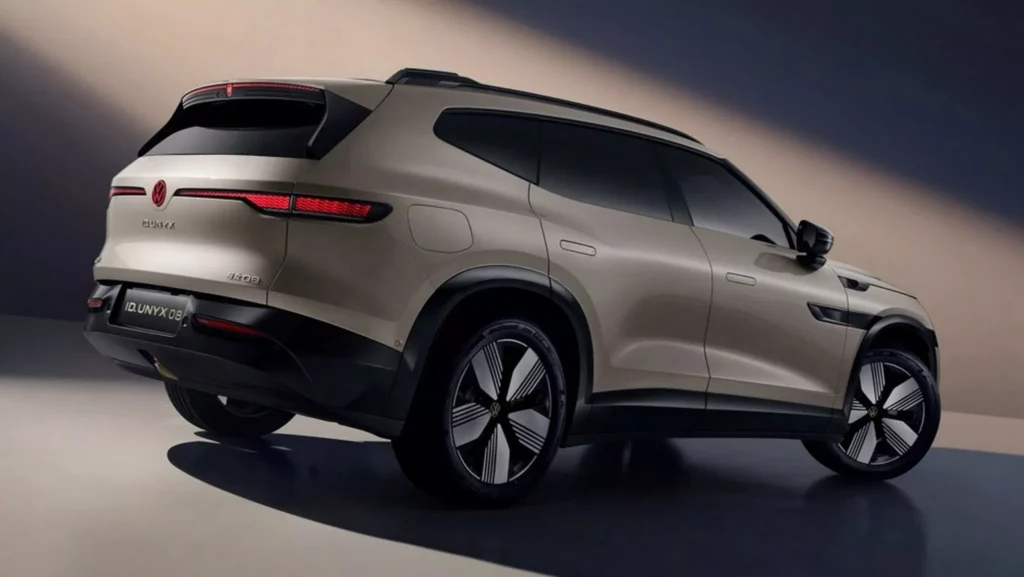Aussies Can Finally Buy A Rivian, But Good Luck Driving It

- MEVCO’s Rivian R1T trucks will be auctioned in Australia after bankruptcy.
- Some models were modified for mining, adding bull bars and extra gear.
- Left-hand-drive Rivians can’t be legally registered for Australian roads.
Australia has long been a stronghold for pickup trucks, but Rivian’s all-electric lineup remains out of reach for local buyers. For now, at least. Without any right-hand-drive models in its range, the American EV maker hasn’t officially broken into the Australian market.
More: Rivian Is Getting Bigger But Its Service Workforce Is Getting Smaller
That could shift in a roundabout fashion, courtesy of a batch of Rivian R1T trucks that ended up stranded Down Under. They might soon be offered to the public. Just one small hitch; you can’t legally drive them on the road, which tends to put a dent in the whole ownership experience.
How Did They Get Here?

So, how did a bunch of Rivianland in Australia in the first place? The short answer is MEVCO, a Perth-based startup launched in 2022 with plans to supply fully electric light commercial vehicles to the mining sector.
The company purchased 13 Rivian R1Ts in 2024 for local trials, alongside three electric Toyota Hilux utes converted by SEA Electric. But MEVCO’s ambitions didn’t last. After struggling to raise funds and drowning in debt, the company collapsed into administration in September 2025.
As part of the liquidation, the entire fleet is now heading to auction. The Rivians will be sold through Grays Auctions in Western Australia, giving local EV enthusiasts a rare chance to pick up one of the U.S.-built trucks, if they can live with some serious restrictions.
Can You Actually Use One?
MEVCO via Drive.com.au
Under Australian law, left-hand-drive vehicles can only be registered for road use if they’re over 30 years old. There are limited exemptions for rare imports, but as these Rivians are mass-produced, they likely won’t qualify.
That means buyers will be confined to using them on private property, think farms, mine sites, remote tracks, or driveways outside the public road network.
More: Rivian CEO Gets A Musk-Style Pay Deal, But Minus A Few Zeros
Technically, converting them to right-hand drive could make them street legal, but that’s not a cheap process.
As reported by Australian outlet Drive.com.au, which broke the story, the Rivians will go under the hammer in Western Australia through Grays Auctions.

The Rivians in MEVCO’s fleet are second-generation models equipped with dual electric motors, with several adapted for use in Australian mining operations.
Press photos show a range of added gear, including a bull bar, sports bar, Kevlar underbody protection, wiring harnesses for auxiliary equipment, and a custom sliding drawer mounted behind the cabin.
Michael Fernandes, State Operations Manager for Grays Auctions in WA, told Drive.com.au, “We’re currently working closely with the administrator and completing our legal and compliance due diligence to ensure that when these vehicles hit the open market, ownership will pass to buyers as smoothly as these vehicles drive.”
He added that more details about the auction sale would be made available once the formal process allows.













































